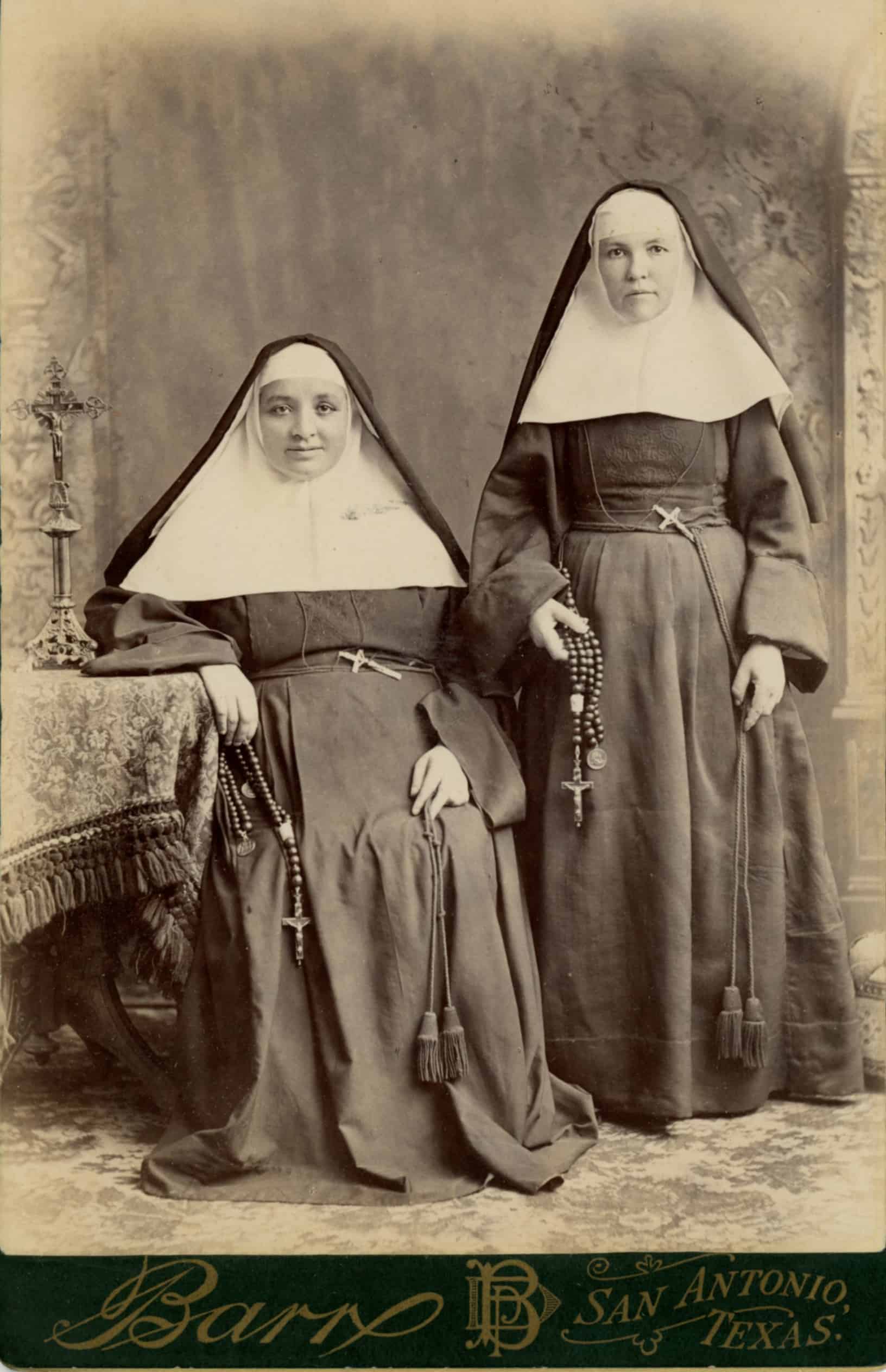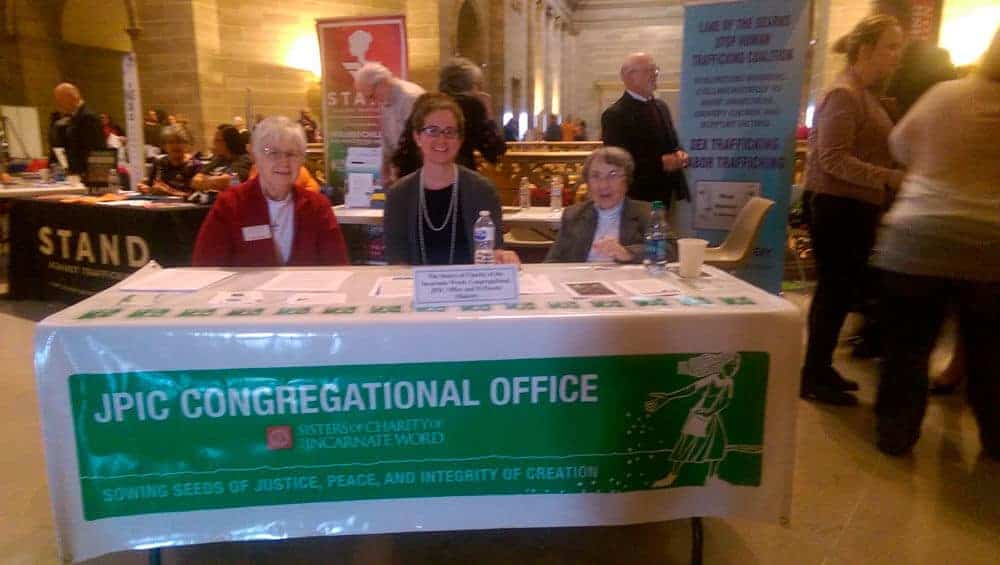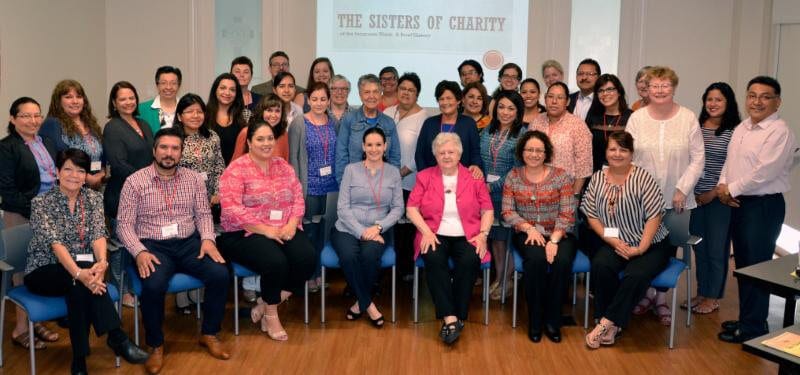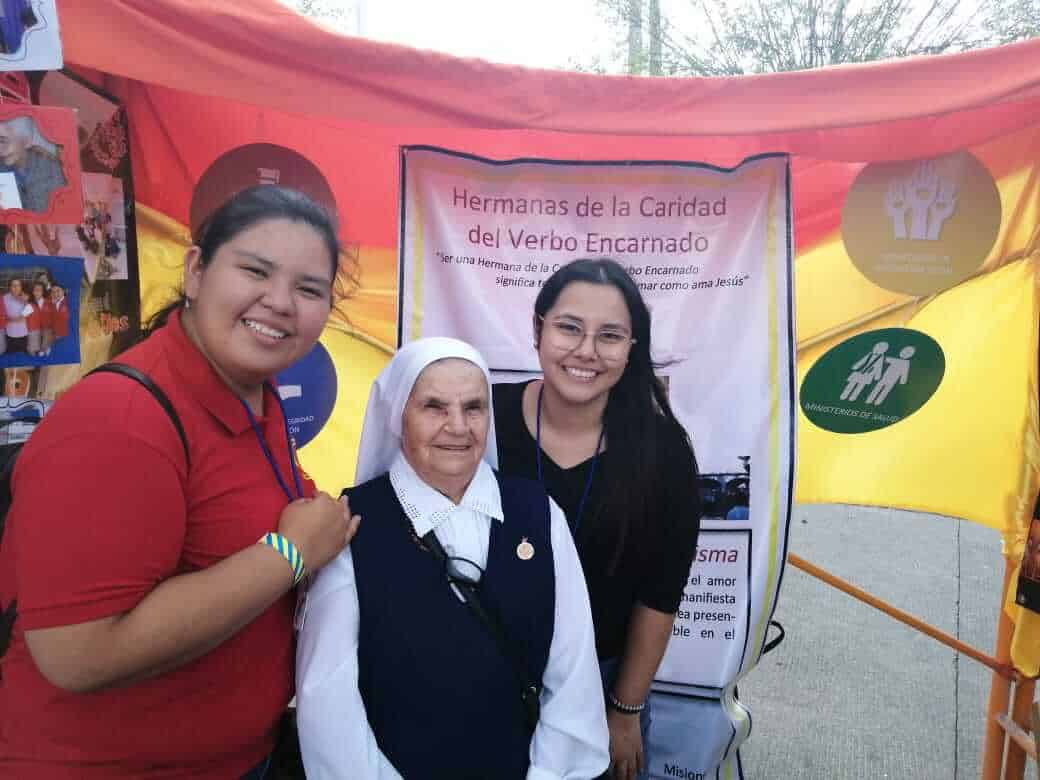She was kidnapped when she was nine years old; she was sold as a slave and taken to the city of El Obeid, in Sudan. Her back was a canvas where humiliation and maltreatment were engraved: more than one hundred cuts that were covered with salt and that left permanent scars and a very sad memory of the first years of her life.
Bakhita, which in her dialect means Fortunate, is not the name she received from her parents, but the name imposed on her by her captors. After the painful years of her childhood, she was never able to remember her real name or her place of origin. It is known that she was born in 1869 in the Darfur region in Sudan, and that she belonged to the Nubia tribe, where she lived with her parents, three brothers and two sisters; one of them was her twin and she was kidnapped by slave traffickers when she was seven years old.
When she was 13 years old, and after having tried to escape from her fourth tormentor several times, the girl was placed on sale once more. This was the fifth and last time she was sold. Fortunately, the buyer was an Italian merchant who was also a consular agent; his name was Calixto Legnani. Now that he was her master, the commands that Bakhita received were not accompanied by the whip, and surprisingly for her, the treatment she received was human, kind and cordial.
In 1884, political circumstances forced the Europeans to leave the region, and Legnani returned to Italy. Bakhita was able to travel with him and with a friend of the Consul called Augusto Michieli. When they arrived at Genoa, Micheli’s wife managed to keep Bakhita at her service, and a couple of years later, when her baby girl Mimmima was born, Bakhita became her nanny and her friend.
Years later, Bakhita returned to Sudan with the Michieli family, where they had bought a big hotel near the Red Sea. Then they returned to Italy, the country where she began, without knowing it, her road to holiness. Turina, Michieli’s wife, decided to leave her daughter under the care of the Canossian Nuns, of the Catechumens Institute in Venice, and that Bakhita should stay with her as her nanny.
In this Institute, Bakhita found God and could name what she had felt in her heart since she was a child. In her memories, she wrote: “When I see the sun, the moon and the stars, I said inside me: Who is the owner of these beautiful things? And I felt a great desire to see him, to know him and to pay tribute to him.”
That is when Bakhita knew that God had been with her and had given her strength to live as a slave. After a few months as a catechumen, and after having obtained her freedom under Italian law. On January 9, 1890, Bakhita was baptized with the Christian name of Josephine Margaret Fortunate.
On that same date, she was confirmed and made her First Holy Communion. Her big eyes shone with an intense emotion. After that, she was seen kissing the baptismal font saying: “Here is where I became a child of God!”
Josephine remained in the Institute and when she was 38 years of age, on the Feast of the Immaculate Conception, she consecrated herself for ever to her God, whom she called “My Master”, with a sweet expression. When she professed, Cardinal Joseph Sarto, who was at that time the Patriarch of Venice, and who later became Pope Pius the Tenth, told her: “Pronounce your holy vows without fear. Jesus loves you. Love him and serve him with love”.
In 1902, she was sent to Venice, and during more than fifty years she gave an example of love of God and service to others, participating in different education and charitable activities. She did cleaning and cooking tasks; she took care of the poorest people with a firm faith in her heart and she fulfilled her duties joyfully. Her humility and simplicity conquered the affection of all the people of Schio, where she was known, and still is remembered, as Nostra Madre Moretta.
A couple of years later, she was asked to write her autobiography, which was published in 1930. Thus, she became visible and became an important person who traveled all over Italy giving lectures and raising funds for her Congregation.
Years later, old age came; her health became weak due to a long and painful illness which forced her to be in a wheel chair. In spite of her limitations, she continued traveling and giving testimony of faith, kindness and hope. When anyone asked her how she was feeling, she would answer: “As My Lord Wants.”
The Virgin Mary freed her from all sorrow. She died on February 8, 1947 and her last words were: “¡Madonna! ¡Madonna!”.
Her reputation of holiness spread rapidly. No miracles or supernatural phenomena were known about her, but her heroic virtues led her to be declared Venerable on December 1, 1978.
In 1991, John Paul II declared the authenticity of a miracle attributed to her intercession, and she was beatified on May 17, 1992, and later she was canonized during the celebration of the Great jubilee of the Holy Year 2000.
Her message of forgiveness and mercy still prevails in this world, hurt by hatred and violence. Bakhita has left us a testament of forgiveness and mercy:
“If I met those slave drivers who kidnapped me and tortured me, I would kneel to kiss their hands.”









0 Comments